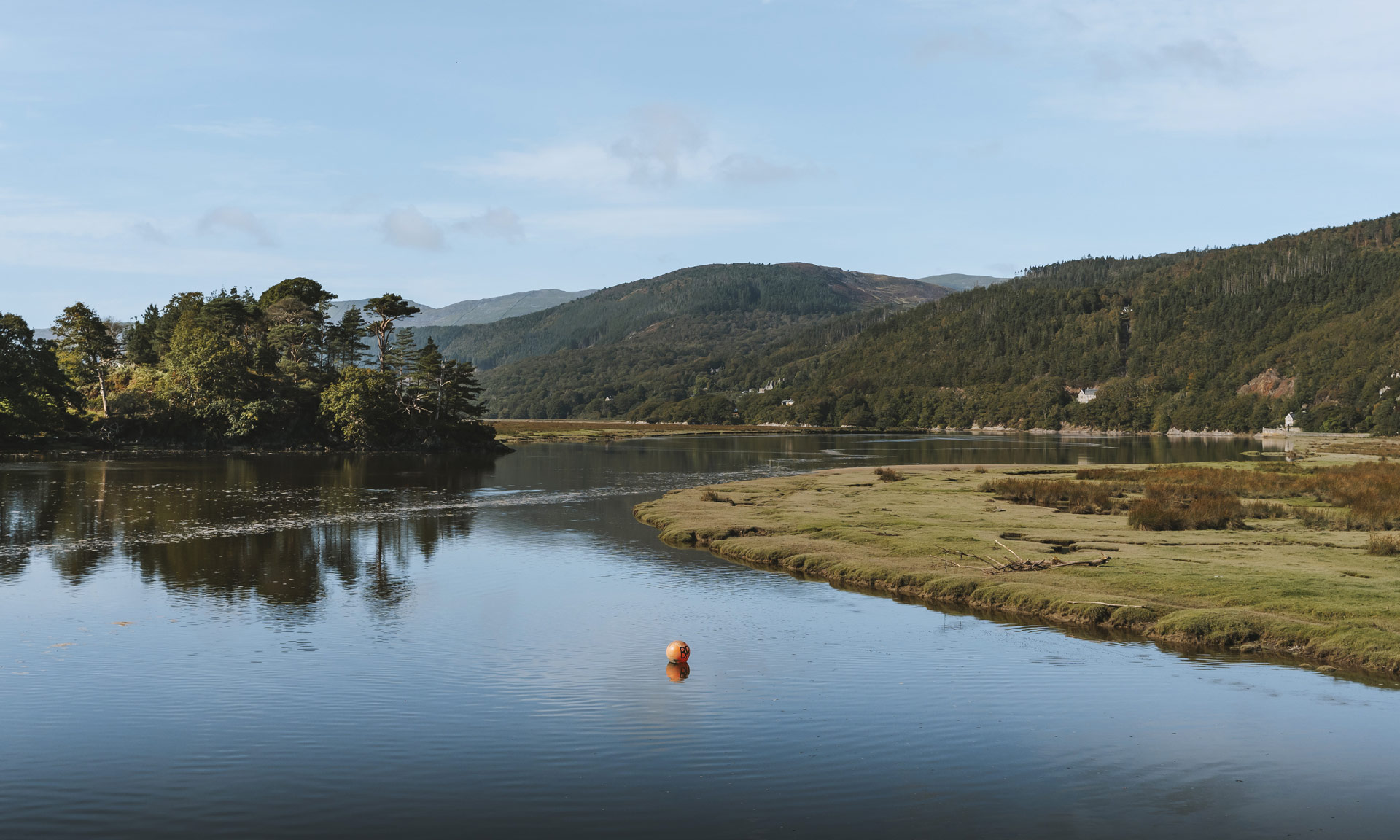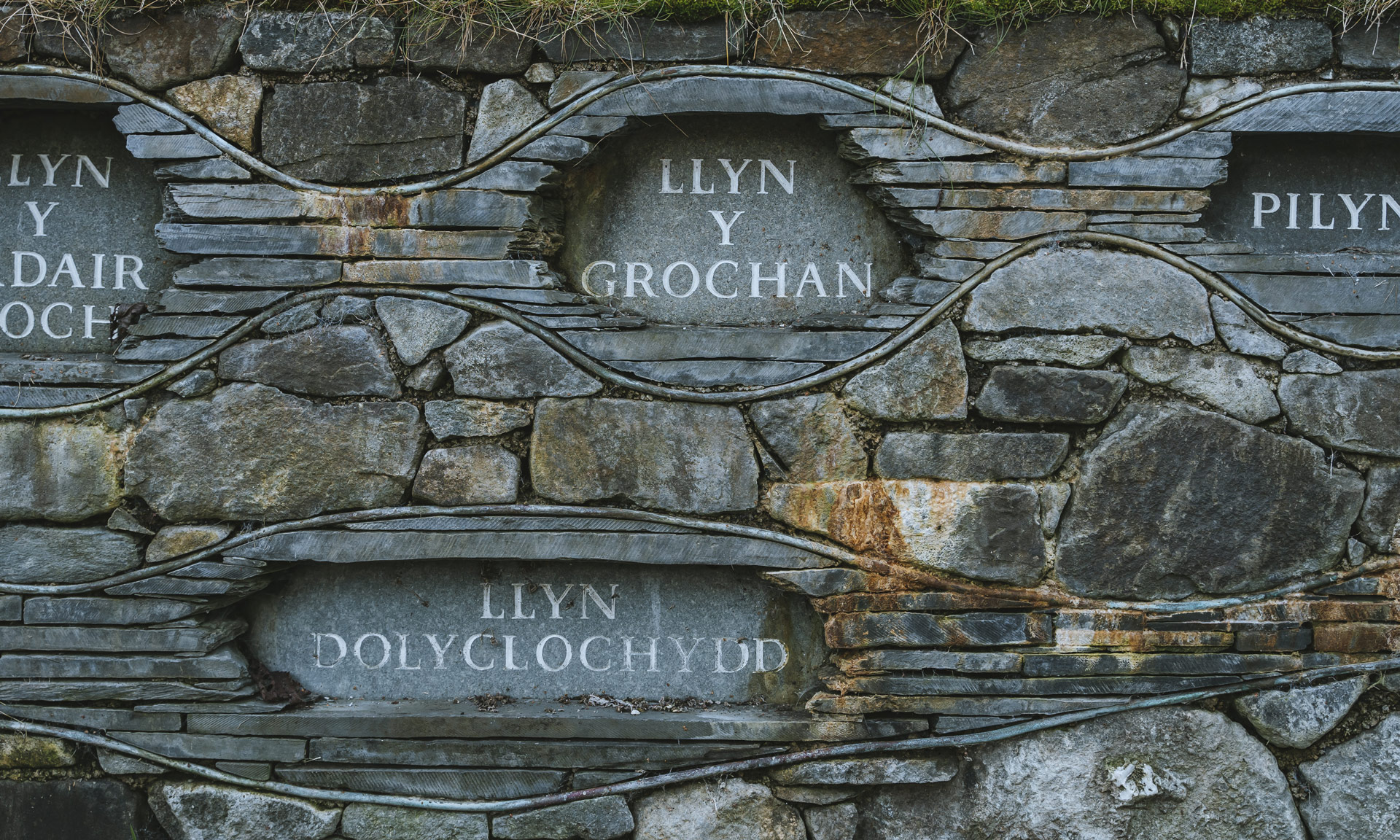The unique features of Eryri’s landscape have inspired the names of the houses, fields, villages and towns of the National Park.
The wealth of place names in Eryri needs to be protected and respected.
Understanding and learning about place names can demonstrate the innate relationship between the land, culture and language of Eryri.
Place names are a treasure trove that tell the story of Wales and connect the present day with the people who lived in Eryri over the centuries.
By looking at place names, it is almost possible to relive the ordinary lives, the struggles, the battles fought and the splendour of these places.
Understanding Welsh Place Names
Many of Wales’ place names have common beginnings which have a particular meaning.
- Caer
Means ‘fort’ or ‘castle’. Examples include Caernarfon and Caerdydd. - Aber
Means ‘river’ or ‘estuary’. Examples include Aberdyfi and Abergwyngregyn. - Llan
Denotes a place where there is a church. Examples include Llanuwchllyn and Llanaber. - Rhyd
A place with a ford. Examples include Rhydymain and Rhyd Ddu. - Pont
Means ‘bridge’. Examples include Pont Cyfyng and Pont-y-pant. - Betws
An Anglo-Saxon, Old English word for a prayer house. Examples include Betws-y-coed and Betws Garmon. - Cwm
Means ‘valley’. Examples include Cwm Ystradllyn and Cwm Pennant. - Nant
Means ‘stream’. Examples include Nant Peris and Nant Gwynant.
Some of the place names in Eryri commemorate an event or story, while some stories were created later to give meaning to a place name.
Legend has it that Llyn Tegid in Y Bala was named after Tegid Foel, a cruel mythical king, and that his kingdom was submerged due to his evil nature.
Llyn Bochlwyd, above Llyn Ogwen, is named after a tale about a stag fleeing the clutches of a hunter. It swam across the lake whilst holding its grey cheeks above the water to breathe.
It is said that the giant king Rhita was buried at the summit of this famous mountain, and the mountain was named ‘Gwyddfa Rhita’. A ‘gwyddfa’ is a grave or burial chamber.
Bwlch y Saethau (Pass of the Arrows), located on the Watkin Path, Yr Wyddfa, is said to commemorate the spot where King Arthur was fatally wounded.
This mountain is rich in mythology and folklore. One story about the name’s origin is that the giant Idris Gawr used the mountain as a chair.
Evoking creatures of the past
Some place names evoke names of creatures that are now extinct or have disappeared entirely from the National Park.
- Ewig
Means ‘female deer’. Examples include Bwlch Ewigod (Dolwyddelan). - Danas
Means ‘deer’. Examples include Gwastadanas (Nant Gwynant). - Hydd
Another word for ‘deer’. Examples include Pant yr Hyddod (Betws-y-coed). - Blaidd
Means ‘wolf’. Examples include Cwm y Bleiddiaid (by the Aran). - Bela
Another word for ‘wolf’. Examples include Craig y Bela (by Llyn Padarn). - Eryr
Means ‘eagle’. Examples include Clogwyn yr Eryr (Llyn Eigiau)
Other place names indicate how the people of Eryri used to live and work.
The words ‘hendref’ and ‘hafod’ in a place name refer to an old way of farming. The family would live in the hendref, but would move to the hafod during the warmer months.
Celebrating Eryri’s place names
As part of the Eryri Ambassador scheme, the poet Myrddin ap Dafydd wrote a poem using only valley names in Eryri. The poem reflects the wealth of unique names found in the National Park.
Cymoedd yn Eryri
Cwm Bleiddiaid, Cwm Brwynog, Cwm Bowydd,
Cwm Croesor, Cwm Ciprwth, Cwm Coch,
Cwm Cywarch, Cwm Clogwyn, Cwm Cynfal,
Cwm Cneifion, Cwm Cowlyd, Cwm Cloch.
Cwm Dulyn, Cwm Dyli, Cwm Dylluan,
Cwm Dreiniog, Cwm Deiliog, Cwm Du,
Cwm Eigiau, Cwm Esgyll, Cwm yr Eglwys,
Cwm Ffernol, Cwm Dôl and Cwm Dŵr.
Cwm Gerwyn, Cwm Garmon, Cwm y Gylchedd,
Cwm Gwyn, Cwm y Gaer, Cwm-y-glo,
Cwm Hetiau, Cwm yr Hafod, Cwm Hesgen,
Cwm Hirnant, Cwmfynhadlog, Cwm y Go’.
Cwm Llechen, Cwm Llusog, Cwm Llefrith,
Cwm Llugwy, Cwm Llwy and Cwm Lloer,
Cwm Maesgwm, Cwm Mynach, Cwm Marchlyn,
Cwm Penamnen, Cwm Meillionen, Cwm Merch.
Cwm Nantcol, Cwmorthin, Cwm Oerddwr,
Cwm Ochain, Cwm Caeth, Cwm Blaen y Glyn,
Cwm Prysor, Cwm Penmachno, Cwm Pandy,
Cwm Tylo, Cwm Tryweryn, Cwm Gwyn.
Cwm Ffynnon, Cwm Idwal, Cwm y Lloiau,
Cwm Onnen, Cwm yr Haf, Cwm Afon Goch,
Cwm yr Ychain, Cwm yr Hyrddod, Cwm Marchnad,
Cwm Beudy Mawr, Cwm Tal-y-braich and Cwm Moch.
—Myrddin ap Dafydd
As part of the Eryri Ambassador scheme



